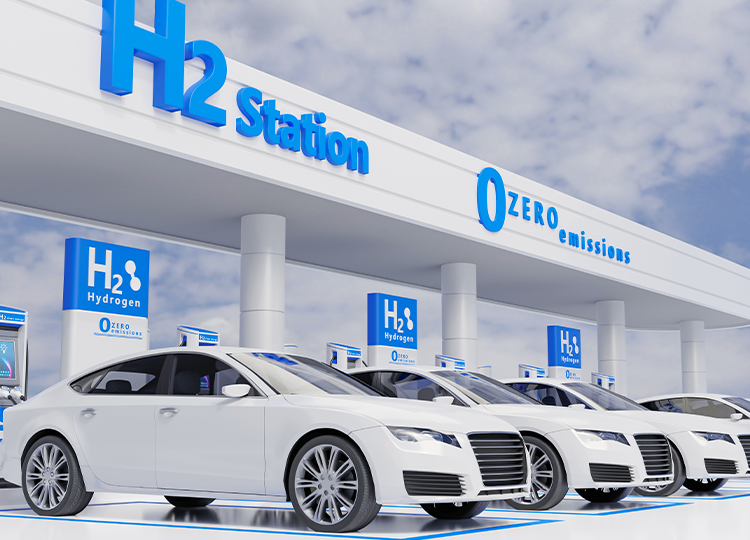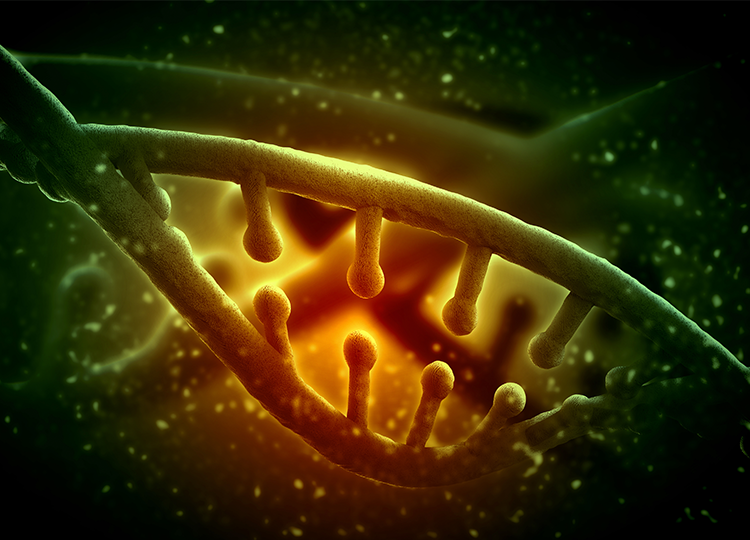R&D
-


Bio-material development
-
Cosmetics
Medical devices
-


Energy Materials Development
-
Electrical energy
Hydrogen energy
Nanoparticles
Bio-material development – Cosmetics

High functional hydrogel
Water-soluble polymers are substances that form
three-dimensional structures through physical (hydrogen bonding,
Van der Waals force, hydrophobic interaction, polymer bonding) or
chemical (covalent bonding) bonding. Hydrogels are biocompatible
materials that have high water content and a structure similar to the
extracellular matrix.
Related patent: mask pack with excellent elasticity,
manufacturing method thereof (Korean patent application, 10-
2020-0144977)
Product fields: mask packs, lifting bands, eye patches,
functional patches, body patches
Bio-material development – Medical Devices

High functional hydrogel
A hydrogel is a material that has a three-dimensional cross-linked ultra-high
molecular shape and contains moisture that can move freely inside.
The three-dimensional cross-linked structure acts as an entropy spring and
exhibits
high elasticity and flexibility. It can be used as an adhesive material for
medical
devices through the injection of moisture and various functional substances
present inside.
Related Patent:Adhesive conductive hydrogel using the
radiation
crosslinking method, manufacturing method thereof, and adhesive conductive
hydrogel
sheet using the same (Korean Patent Application, 10-2020-0118719)
Product fields: Electrodes for measuring vital signs (ECG
electrode, TENS electrode), artificial skin
Energy Material Development – Electric energy

GPE(GEL polymer electrolyte)
The electrolyte for secondary lithium batteries is an ionic
conductor whereby lithium salt is dissolved, and it must have high ionic
conductivity and electrochemical stability. GPE can solve the problem of
ignition and explosions caused by leakages, which is a problem with existing
liquid electrolytes, and it is emerging as a next-generation secondary battery
through its excellent electrochemical properties.
Our electron beam crosslinking technology has high energy and transmittance
which varies from existing technologies (thermal and light (UV)). Therefore,
it can be mass-produced in a short time. We are moving towards technological
innovation through research into various additives.
Applications: laptops, smartphones, Energy Storage Systems (ESS), Electric Vehicles (EV)
Energy Material Development – Hydrogen Energy

Catalyst material and electrode for hydrogen fuel cells
Energy materials are a blackout response material, and are among the 30 future
materials in the strategy for securing source technology for future materials
that was announced in 2018. According to the hydrogen economy revitalization
roadmap, the supply of hydrogen electric vehicles will increase by about 4,100%
by the year 2040.
However, for polymer electrolyte fuel cells (PEMFC) as hydrogen fuel cells for
automobiles, it is urgent to develop domestic technology due to the imported MEA
(Membrane Electrode Assembly) and expensive fuel cell catalyst materials.
GEV aims to become a leading company in high value-added
industries by utilizing the unique characteristics of electron beams and
developing
original catalyst materials that are difficult to manufacture with current
technologies
Energy Material Development – Nanoparticles

Metal Nanoparticles
Nano is the Greek word for 'very small', and 1 nm is 10 to the power 9m (one billionth
of a meter).
This is about 1/50,000 the thickness of a human hair and less than 1/1,000 the size
of a typical bacterium.
When particles are nanosized, their properties such as size and shape change.
Additionally, other new properties appear.
These properties are used in many technological fields such as nanoparticle catalysts.
GEV develops eco-friendly and easy-to-manufacture
nano-materials using electron beam irradiation for the application of related
technologies, and it also conducts research for relevant application technologies.
Applications: fuel cells, antibacterial film, antibacterial paint



